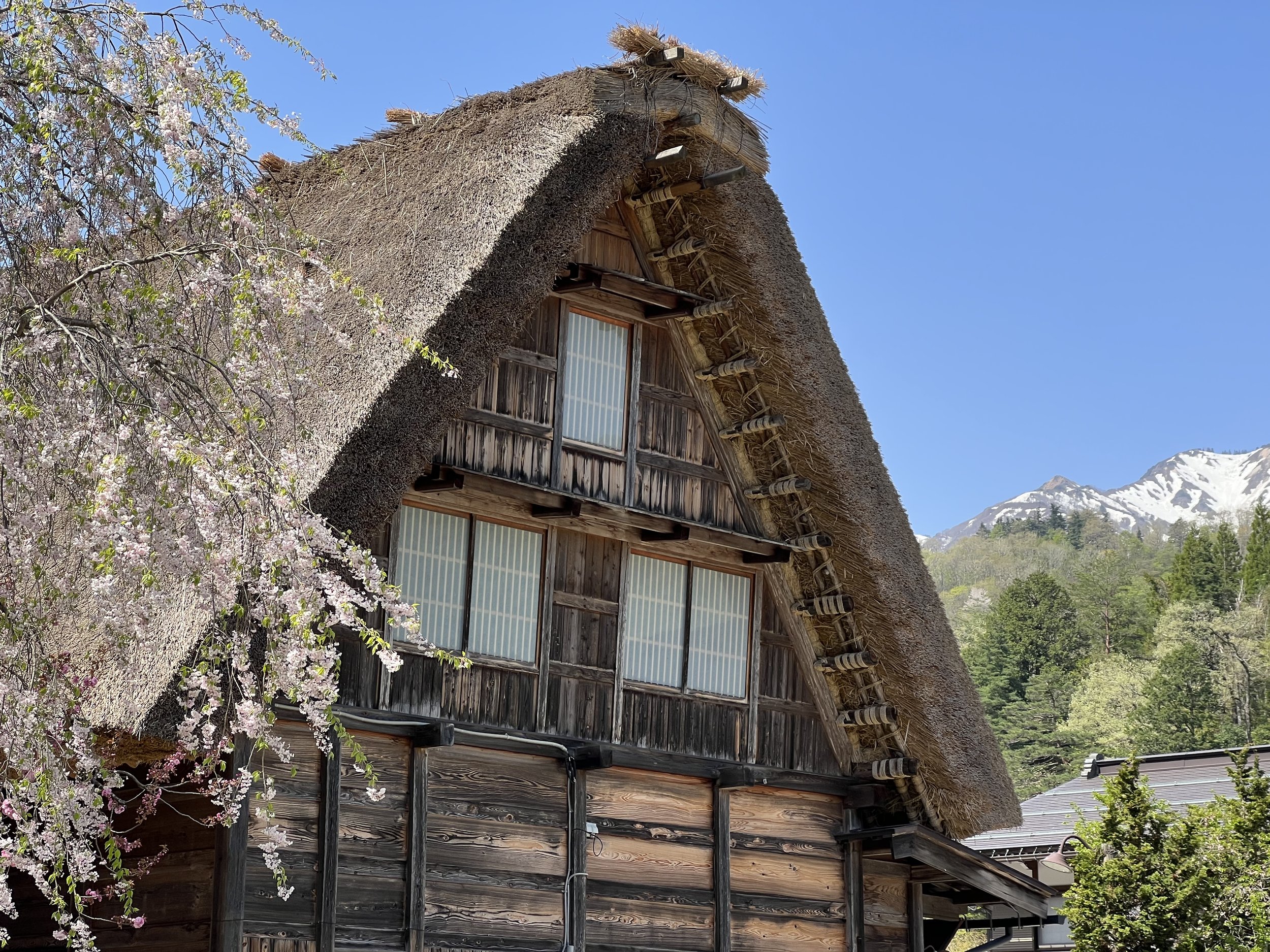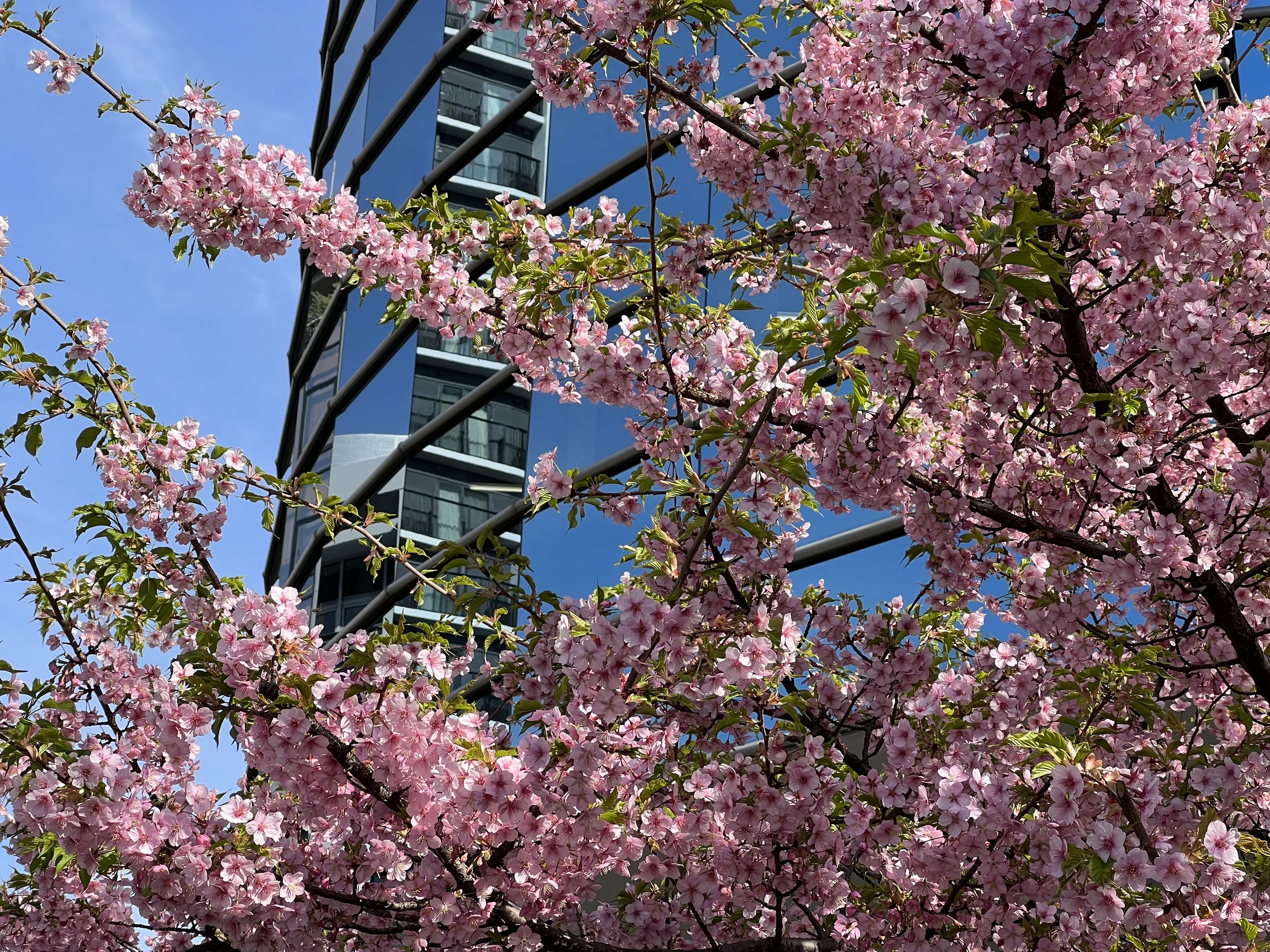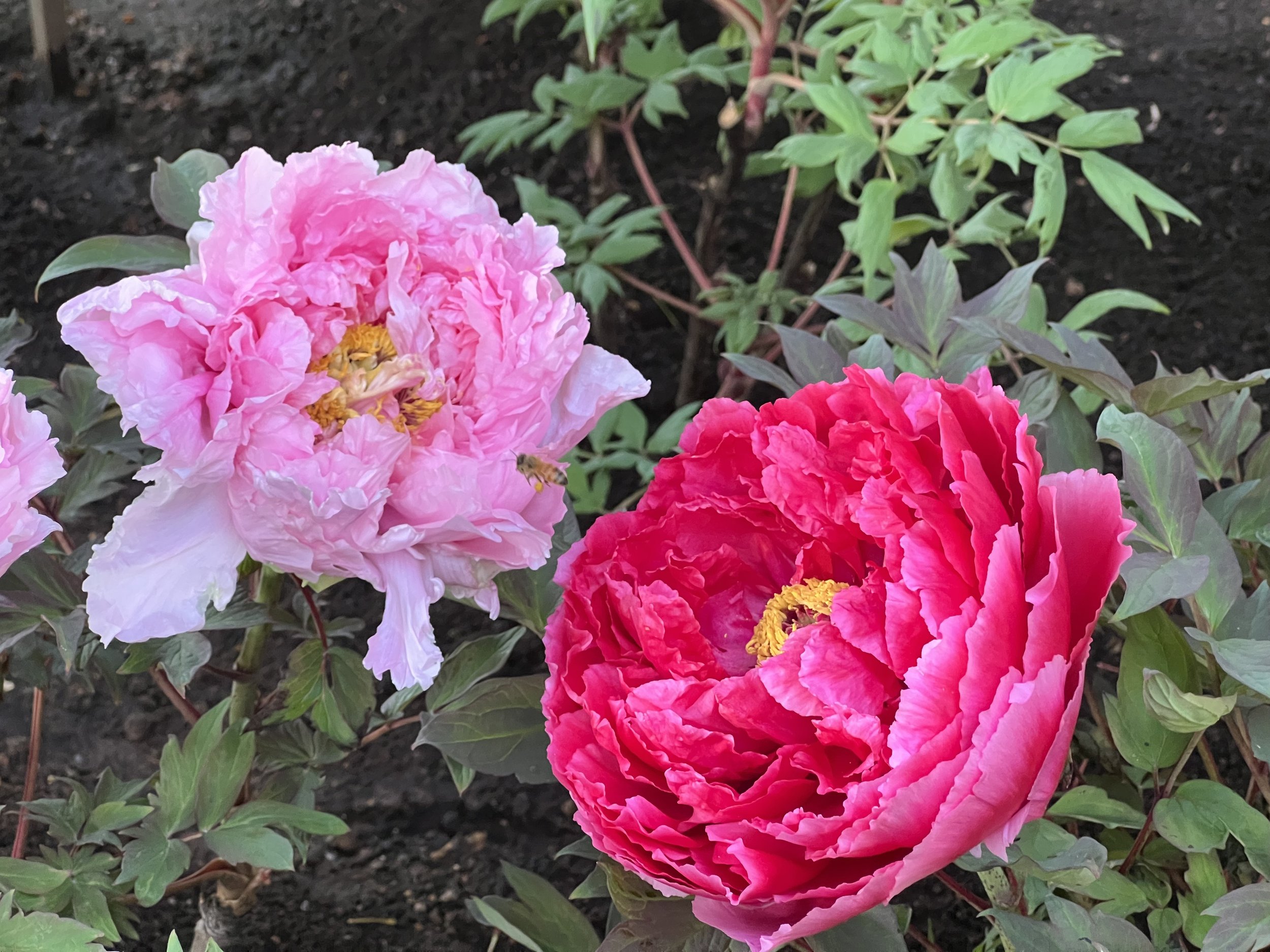A Walk in Setagaya: Plum Blossoms and Lucky Cat Temple
Setagaya (世田谷区) is a charming slice of Tokyo where I was lucky to live for two years. After my article dedicated to Todoroki Valley, I’d like to recommend a relaxing early spring walk in this quiet area of Tokyo, especially in February-March, during the plum blossom season.
This walk takes you through two of the area’s gems: the tranquil Hanegi Park, known for its vibrant plum blossoms, and Gotokuji Temple, known for its iconic lucky cats (manekineko). If you like flowers, fun temples, and lesser-known places, this walk is for you!
Walk Itinerary and Things to Do on the Way
This walk starts at Umegaoka station (梅ヶ丘駅) and takes you to Hanegi Park (羽根木公園), where you can see hundreds of plum trees, and later to Gotokuji temple (豪徳寺), also known as the "Cat Temple".
Enjoy a Plum Festival at Hanegi Park
The Setagaya Plum Blossom Festival, or Setagaya Ume Matsuri (世田谷梅祭り), is held annually at Hanegi Park (羽根木公園) from February to early March. Hanegi Park is probably the best spot to see plum blossoms in Setagaya, with its 650 plum trees (270 red and 380 white) bloom at this time. On weekends, traditional performances such as koto sessions, tea ceremonies, and rice cake pounding are organized in this park as well as horse riding for children.
People tend to come to this festival to do a plum photo session and have picnics while enjoying plum-themed dishes and street food sold by vendors. It’s a great to celebrate the first signs of spring!
Dates in 2025: Saturday, February 8 to Sunday, March 2, 10 a.m. to 4 p.m.
Official website: http://setagaya-umematsuri.com/ (in Japanese only) with its list of events.
Explore Residential Tokyo
Away from the skyscrapers, it's nice to see a different side of Tokyo, exploring the residential areas of Setagaya, with its trendy cafes, green spaces, and cute little shops. After Hanegi Park, there are several other things you can do. One is to visit one of the cafés near Umegaoka Station or Gotokuji Station; another is to stop by Tsurunoyu (鶴の湯) and take a dip in one of the public baths or “sento”. Even just walking in this area is enjoyable.
Say Hi to the Lucky Cats at Gotokuji Temple
Gotokuji Temple is a Buddhist temple said to be the birthplace of the maneki-neko (招き猫), literally “beckoning cat”, a small figurine that is said to bring good luck to its owner.
According to the temple’s legend, Naotaka Ii, the lord of the Hikone domain during the Edo period avoided a rainstorm thanks to a cat that beckoned him at the temple gate. Grateful to the feline, the lord became a patron of the temple and rebuilt it. Some time later, Gotokuji built the Shofuku-den to consecrate the cat that brought good fortune, naming it "Maneki-neko". Since then, many people visit the Shofuku-den to pray for family welfare, business prosperity, luck, and happiness.
This temple is a must for cat lovers as it hosts an impressive collection of cat figurines. The figurines are sold at the temple shop in various sizes (¥300 to ¥5,000) along with amulets and other good luck charms. You can purchase a cat figure, make a wish for good luck, and leave it at the temple. Another option is to take it home and keep it until the wish is granted. After that, you can take it back to Gotokuji Temple and leave it there as a thank you.
There are other things to see on the grounds of Gotokuji such as an impressive three-story wooden pagoda, a historic cemetery and a maple grove perfect for enjoying fall foliage.
Opening Hours
Late March to Mid-September: 6:00am to 6:00pm
Late September to Mid-March: 6:00am to 5:00pm
It is said that the best time to visit Gotokuji, and see as many maneki-neko as possible, is during January and February. And, in case you were wondering, visiting the temple is completely free of charge. For more information, you can visit the Temple’s website available in Japanese and English.
When to Visit and How Long to Spend
It is possible to do this walk anytime in the year, but a particularly good time is from mid-February to early March during the plum blossom season. This way, you can use the trip to enjoy the plum festival at Hanegi Park!
This walk can take 2 to 3 hours depending on the time you want to spend at each location. The walking distance between the two main attractions is short (1.5 km) and takes about 20 minutes.
How to Get There
This walk can be done in either direction, starting with a visit to Hanegi Park or Gotokuji:
When it comes to Hanegi park, the nearest train station is Umegaoka (梅ヶ丘駅) on the Odakyu line, which literally means “the hill of plums”.
If you prefer to start by Gotokuji Temple, the nearest stations are Miyanosaka (宮の坂駅) on the Tokyu Setagaya line or Gotokuji station (豪徳寺駅) on the Odakyu line.
Exploring Setagaya by bus might also be convenient depending on where you are coming from.
What Else to Do Around?
I like to explore lesser-known parts of Tokyo, and there is a lot to see and experience in Setagaya city no matter the season. Other places I recommend are the Futako-Tamagawa area as well as Todoroki Valley, which I have written about in two articles:
To Conclude
I may be biased as I have lived in Setagaya for 2 years, but I find this area perfect if you want to escape the hustle and bustle of central Tokyo and discover another side of it.
The Setagaya Plum Festival is definitely an event to put in your agenda if you are a flower lover! The walk I mention in this article is just a suggestion to combine two nearby attractions at a particular time of the year, but they can also be visited alone all year round.
Enjoy the discovery of Setagaya!
This article was originally published on February 26 2023 and updated on December 5 2024.
Found this article helpful? Buy me a coffee. 😊
Want to stay in touch? Subscribe to my monthly newsletter (with latest articles, updates, travel tips and more...) delivered straight to your inbox. 📩













